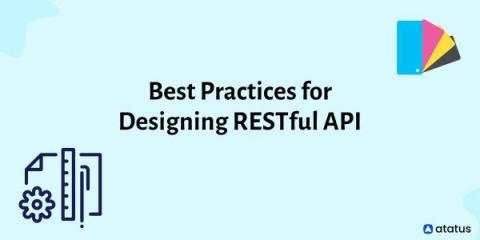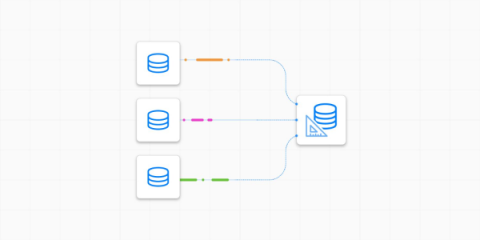How does your website design and content affect customer interactions and conversions?
The aim of your website is obviously to get potential customers to engage with it as much as possible, and ultimately, make a purchase. But as we well know, it isn’t as simple as someone landing on your website and instantly converting. 9 times out of 10, there’s a whole sequence of actions that take place before a customer makes a purchase. The best thing?










